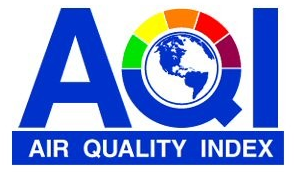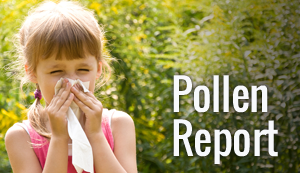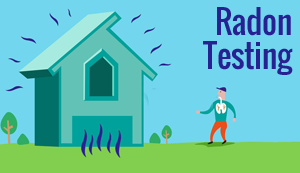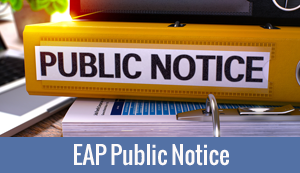The Forsyth County Office of Environmental Assistance and Protection is a local air quality program with oversight provided by the North Carolina Environmental Management Commission. EAP is the air quality permitting authority for Forsyth County and enforces emission standards and other requirements in the Forsyth County air Quality Technical Code (FCAQTC) that also includes delegated federal emission standards and permitting programs.
Permitted facilities are classified according to their potential annual emissions.
- Small Facilities have uncontrolled potential annual emissions below the Title V major source thresholds.
- Exclusionary Small Facilities have potential emissions below the Title V major source thresholds based on operating limits established by rules in Section 3Q .0800 of the FCAQTC.
- Synthetic Minor Facilities have potential emissions below the Title V major source thresholds based on emission and operating limits established in the facility's permit.
- Title V (Major) Facilities have potential annual emissions above the Title V major
source thresholds:
- 100 tons per year of particulate matter, sulfur dioxide, nitrogen dioxide, carbon monoxide, volatile organic compounds (VOC), lead, or any pollutant subject to a standard promulgated under Section 111 of the Clean Air Act.
- 10 tons per year of a single hazardous air pollutant listed pursuant to Section 112(b) of the Clean Air Act.
- 25 tons per year of combined Hazardous Air Pollutant (HAP) emissions.
- Other criteria established by a standard promulgated under Section 111 or 112 of the Clean Air Act.
Small, exclusionary small, and synthetic minor facilities are permitted under Forsyth County’s local construction and operation permitting program according to Section 3Q .0300 of the FCAQTC. Title V or major emitting facilities are permitted according to Section 3Q .0500 in addition to Section 3Q .0300 of the FCAQTC. In addition, new major facilities and major modifications are permitted under EAP’s federally approved New Source Review pre-construction program.
Air Quality Permits authorize the construction and operation of air pollution sources and specify the applicable emission standards and work practices that must be met. The permits also include provisions for emission source monitoring, record keeping and reporting that ensure the air pollution sources continue to comply with the applicable emission standards and work practices. EAP inspects permitted facilities regularly, reviews records, and may require periodic stack tests to verify compliance. Whenever a violation of an emission standard, work practice, or other requirement is discovered, EAP takes enforcement action, including civil penalties, to correct the problem.
In order to obtain an air quality permit, a company must prepare and submit an application along with the appropriate processing fee, emissions calculations and other supporting information. In addition, permit applications for sources that emit Toxic Air Pollutants may be required to perform dispersion modeling to demonstrate compliance with the local toxic air pollutant program. Permit applications must be signed by a responsible official fo the company as described in FCAQTC Rule 3Q .0304(h).
After EAP completes its review and approval of the application, a permit is issued to the company. In certain instances, EAP is required to provide a public notice before issuing a permit. Once a permit is issued, the company may begin construction and operation of the air pollution source(s). Construction and/or operation of the air pollution source(s) is prohibited before a permit is issued.









